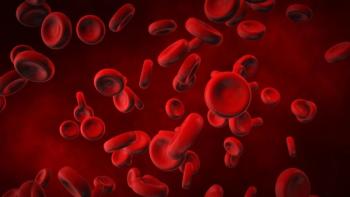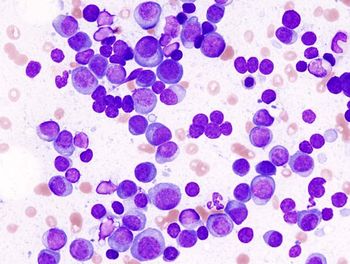
Childhood Cancer Survivors at Higher Risk for New Cancers Even After 40
While the risk of a new treatment-related cancer diagnosis after childhood is known, a new study now shows that this risk remains into the fifth and sixth decade of life.
While the increased risk of a new cancer diagnosis in survivors of childhood cancers is known, a new study now shows that this heightened risk persists into the fifth and sixth decade of life.
The study,
Lucie M. Turcotte, MD, of the University of Minnesota Medical School in Minneapolis, and colleagues analyzed a cohort of 3,171 patients who were at least 40 years of age and took part in the Childhood Cancer Survivor Study (CCSS)-a multi-institution research initiative. Among these patients, a total of 679 secondary neoplasms were reported (419 of which were nonmelanoma skin cancers). In total, 196 malignant tumors were diagnosed in 180 patients.
Among the cohort, risk was found to be increased for breast cancer, soft-tissue sarcoma, renal cancer, and thyroid cancer.
The study found that a malignant neoplasm in these patients was not more likely among those patients had developed any neoplasm by the age of 40 (P = 0.35). But, both radiation exposure and a history of a subsequent neoplasm were factors associated with a greater risk of a secondary neoplasm after age 40 when compared to patients with neither (62.3% vs 13.3%).
Women and those exposed to radiation during treatment for their childhood cancer had the highest risk of a secondary cancer (P < .001 for both factors).
No increased risk for secondary cancers was seen in men aged 40 or older who had not been treated with radiotherapy, even if they had a history of a second neoplasm before age 40.
In a
Women who had Hodgkin lymphoma as children are at higher risk for breast cancer into the 40s and 50s “warranting vigilant surveillance well beyond this age,” added the editorial authors.
Newsletter
Stay up to date on recent advances in the multidisciplinary approach to cancer.

















































































